what is VAT?
Value Added Tax (VAT) is a consumption tax levied on goods and services in the United Kingdom. It is an indirect tax that consumers usually pay but businesses collect and remit to HM Revenue and Customs (HMRC). VAT is added to the price of most goods and services, including digital services like web design and marketing.
more about VAT.
VAT Rates in the UK
Standard Rate: Currently set at 20%, this is the most common rate for goods and services unless specified otherwise.
Reduced Rate: A reduced rate of 5% applies to certain goods and services, such as domestic fuel or children's car seats.
Zero Rate: Some goods and services are charged at 0% VAT, including most food items, children's clothing, and books.
Compliance and Penalties
Compliance: Ensuring accurate VAT calculations and timely submissions is essential to avoid penalties and interest charges.
Penalties: HMRC may impose penalties for late filing, errors in VAT returns, or non-compliance with VAT regulations.
VAT Registration
Threshold: Businesses must register for VAT with HMRC if their taxable turnover exceeds £85,000 over a 12-month period.
Voluntary Registration: Even if your turnover is below the threshold, you can choose to register voluntarily, which may be beneficial for reclaiming VAT on business expenses.
VAT Invoices
Requirements: VAT-registered businesses must issue VAT invoices to their customers. These invoices include specific details such as the supplier's VAT number, a unique invoice number, a description of goods or services, and the amount of VAT charged.
Input VAT: Businesses can reclaim VAT paid on business expenses (input VAT) through their VAT return process.
VAT Returns
Filing Frequency: VAT returns are usually filed quarterly or annually, depending on your business turnover and preferences.
Online Filing: HMRC encourages businesses to file VAT returns online using their Making Tax Digital (MTD) service.

